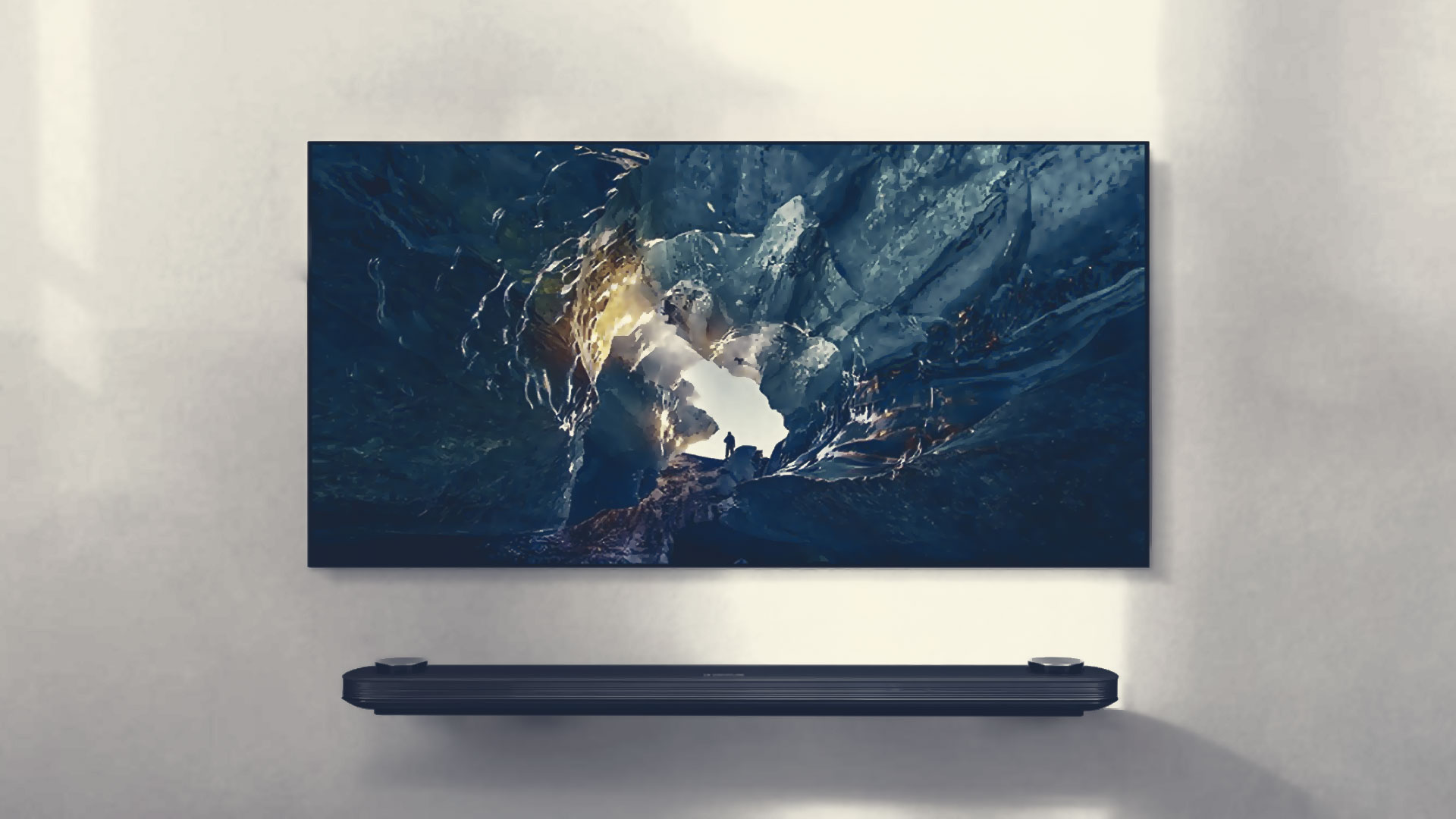There is specifically no such thing as an LED TV. You might have seen the TV boxes and adverts claim that it is an LED TV. An LED is basically an advanced version of an LCD TV. It is perhaps easier to say that it is an LED TV, rather than saying that it is an LCD TV with LED backlights, and hence the name.

Both the types depend on LCD technology and they have flat panel designs, but the LED TVs are brighter, slimmer, and have more details than the traditional LCD TV. Instead of the CCFL backlighting, the LED TVs use Light-Emitting Diodes (LEDs) as its source of light behind the screen. These TVs function by using the illuminating LCD panels with the LED backlights. But that does not mean that all LED TVs use the same kind of LED backlights.
The LCD technology.
LCD, which stands for Liquid Crystal Display, is a type of visual display technology that runs using sandwiched layers of liquid crystals between two transparent conductive surfaces or electrodes. The liquid crystals are special molecules that have their flow like the liquids but they polarize the light like crystalline, solid structures.
Your 32 inch LED TV can change the alignment of the liquid crystals by using electric currents to specific areas of that liquid crystal layer. The LED controls how that layer sends the light that comes from the backlighting using the arrangement of liquid crystals. Thus, the LED TV can bring out the on-screen images.
The LED TV uses a more advanced technology for backlighting than the traditional LCD TVs.
The size reduction factor of the LED TVs.
The TVs that most dramatically reduce in size are those that switched from the backlight positioned at the back of the LCD panel, to the one that is located at the side. It is usually located to the right and left of the panel. This means that those large tubes that existed behind the LCD panel are now all gone and everything is packed close together. The move to LEDs also meant that there was lesser generation of heat than before. Thus, there was not a heightened need for ensuring internal airflow. This further reduced the size of the LED TVs.
The greener technology and reduced cost.
The manufacturers also favor the lighter and thinner LED TVs. With the reduction in weight and size, it became cheaper, easier, and more environment-friendly to ship the TVs around the globe.
LEDs are better than the old CCFL fluorescent tubes found in LCD TVs when it comes to being environment-friendly. The LCD TVs do not have nasty chemicals and they also utilize less power. The reduction in cost also meant that the public loves these TVs too. In fact, an LED TV online is mostly cheaper than the traditional variants, thereby, giving the customers exactly the price that makes them happy.
The LED lighting.
The LED TV illuminates the LCD panel with the light-emitting diodes. LEDs have small semiconductors that glow when exposed to electric current. The current runs between the anodes of you 32 inch LED TV, which are basically positively charged electrodes, along with the cathodes, which have negative charge. LEDs offer several advantages over the traditional fluorescent lamps used for backlighting by the LCD TVs. It uses less energy and offer brighter colors on-screen.
Edge-lit vs. full-array.
There are two main kinds of LED lighting technology that your 32 inch LED TVcan use: edge-lit LED and full-array LED backlighting. The full-array LED, also known as local-dimming technology, uses an array of LEDs that can cover the entire back of the LED TV screens. As opposed to that, the edge-lit technology uses LEDs only around the edge of the LED screens. The LED TV that has full-array technology is different from the edge-lit also in the fact that the former can selectively dim out particular groups of the LEDs, offering better contrast ratio and great picture quality.
The direct lit LED TVs.
The lower-end LED TVs are made through direct lit technology. It is same as the full-array method and the LEDs stay behind the screen. However, the number of LEDs is lesser than the other variants and you cannot control them separately for matching the luminosity of the picture. The direct lit TVs are not that thin because it needs space behind the screen for setting up the LEDs.
The energy consumption criteria.
The LED TV is just like all other TVs and it requires energy for the components to function. The LED TV requires electric current for the stimulation of the liquid crystals in the LCD panel and for the activation of the LED backlights. When you compare it with the standard LCD TVs, the LED TVs use much less energy. Thus, most of the LED TVs qualify for the energy star energy efficiency certification offered by EPA. As the experts opine, the LED TV uses about twenty to thirty percent less energy as compared to an LCD TV that are of the same size.
The functionality of the LED TVs offer superior viewing experience and that is the reason why people are increasingly opting for it, leaving behind the traditional TV sets. With further advancement in the LED technology, the demand for these TV sets are only going to rise further in the market.
Leave a Reply